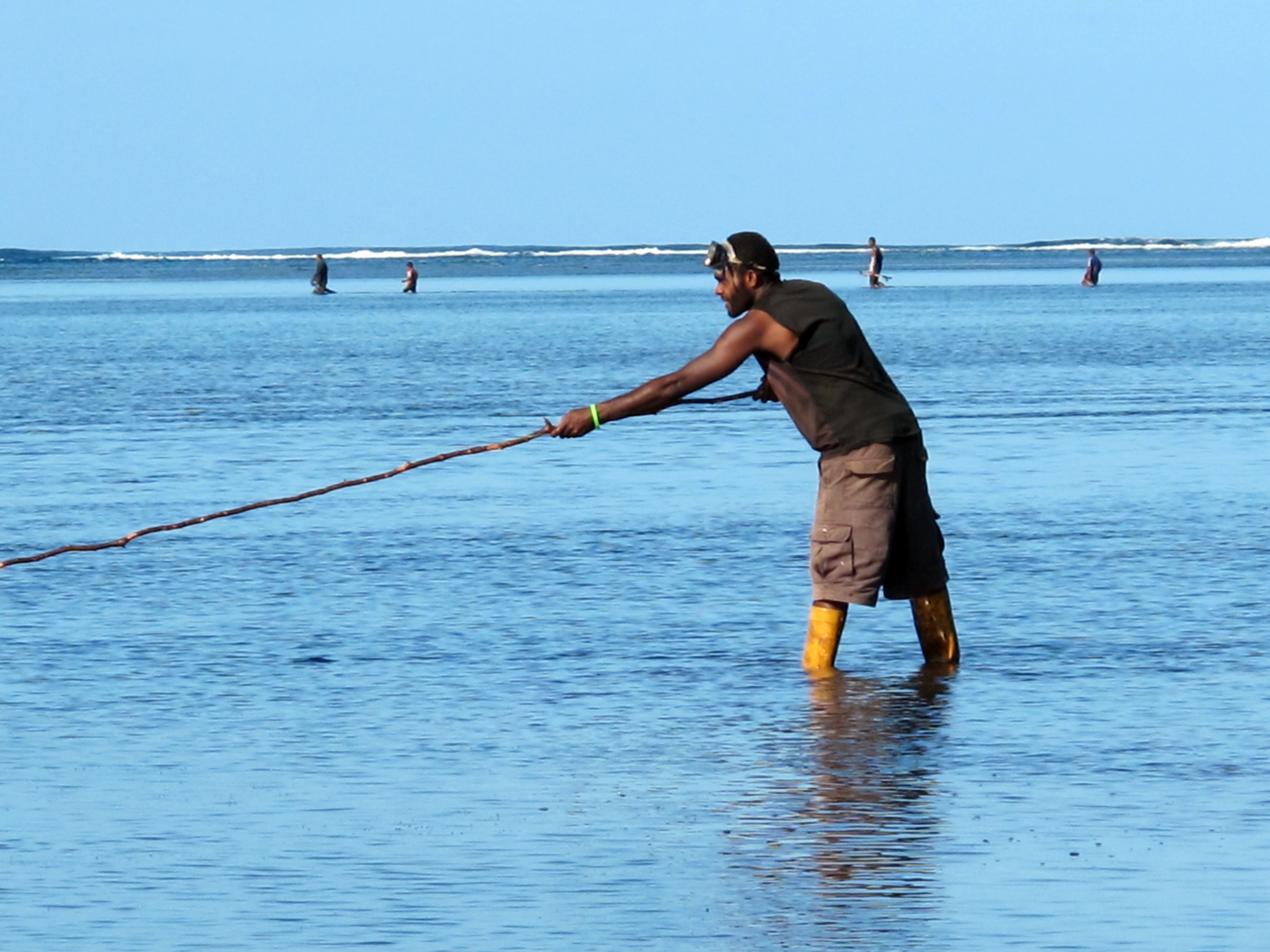A new study published in the Journal of Applied Ecology has found a possible solution to one of the biggest conservation and livelihood challenges in the marine realm.
The study’s authors—researchers from the California Polytechnic State University San Luis Obispo (Cal Poly), WCS (Wildlife Conservation Society), Swansea University, the University of Rhode Island (URI) and other groups—have found that fishing grounds with areas that are closed to fisheries but are periodically harvested are better than fishing grounds with permanent, no-take marine protected areas (MPAs).

Further, the researchers found that such “pulse” harvest MPAs also perform better than traditional measures that aim to keep fisheries at maximum sustainable yield.
This research could help revolutionize fisheries management and settle a long-running debate between fisheries management and conservation sectors about the role of MPAs in balancing potential for stock recovery and maintaining yields.
At the crux of the matter is the current model of fishing closures. Conservationists have argued that permanently closed, no-take MPAs are an effective means of mediating overfishing and allowing stock replenishment, and many global conservation agencies are thus calling on high levels of protection in 30 percent of the world’s oceans.
However, MPAs can shift fishing effort into remaining fishing grounds. More crowded fishing grounds can make it harder to find fish, thus reducing catch efficiency and driving up costs for the industry to maintain steady yields. Fisheries managers have long championed tools such as quotas and access restrictions—the second management strategy to prevent overfishing and let fish populations rebuild—to try to maintain sustainable catches. However, global declines in fish stocks have called into question whether these measures on their own are effective enough. Therein lies a tradeoff, where managers seemingly need to balance competing objectives for keeping fish in the sea and fish on the dinner plate.
The researchers considered a third management strategy that is commonly implemented by small-scale fishers across the Pacific, who periodically open their fisheries closures to pulse harvests, similar to a rotational harvest model. Like permanent no-take MPAs, these periodic closures temporarily displace fishing effort and thus can promote stock recovery during the intervals while they are closed. Most importantly, however, many of the fish protected within the closure become less wary of fishing gear, giving large boosts to harvest efficiency when the closures are temporarily opened.
The researchers developed innovative bioeconomic fisheries models that incorporated this documented fish behavioral response to protection.
“We found that in a well-managed fishery, fishing grounds with periodic closures continuously outperformed those with non-spatial management and permanently closed MPAs for achieving the triple bottom-line objectives of simultaneously supporting high yields, stock abundance and harvest efficiency,” said Dr. Stacy Jupiter, WCS Melanesia Regional Director. The outcomes were maximized with closures for 1-2 year periods, followed by pulse harvests within a single year.
Lead author Paul Carvalho, formerly of CalPoly and presently at URI, added: “We were impressed by how well periodic closures continued to perform under different scenarios. Across a large range of closure durations, closure sizes, fish population growth rates and movement patterns, fishing grounds with periodic closures consistently gave the best combined outcomes for stock, yield and catch efficiency.”
Dr. Fraser Januchowski-Hartley at Swansea University further explained: “While recreational and small-scale fishers across the world know that fish behavior can change because of fishing and protection, it normally isn’t included in management models. These results show the importance of considering changing fish behavior and its impact on catch when designing fisheries management regimes.”
In fact, the only scenarios where periodic closures did not come out on top were under extreme overfishing, where the harvest efficiency benefit was too small for the periodic closure strategy to best meet the three objectives compared with permanent no-take MPAs.
“Less than 25 percent of global fisheries are currently characterized by this extreme level of overfishing,” explains Prof. Crow White of CalPoly. “For these fisheries, permanent no-take MPAs may be critical for any chance at stock recovery. For the remaining three-fourths, periodic closures should be considered as an option to balance conservation and sustainable development needs for the fishing sector.”
The authors of the study titled “Optimized fishing through periodically harvested closures” are: Paul G. Carvalho of the University of Rhode Island; Stacy Jupiter of WCS; Dr. Fraser Januchowski-Hartley of Swansea University; Jordan Goetze of Curtin University; Joachim Claudet of PSL Université Paris and Laboratoire d'Excellence (French Polynesia); Rebecca Weeks of James Cook University; Austin Humphries of the University of Rhode Island; and Crow White of California Polytechnic State University.
This study was supported by a grant from the David and Lucile Packard Foundation to the Wildlife Conservation Society and a National Science Foundation Graduate Fellowship Research Award to the lead author.